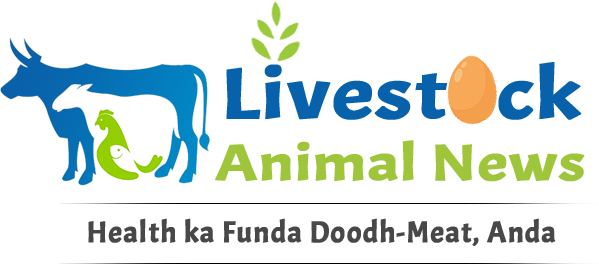New Delhi: There is no denying in the fact that since time immemorial humans and livestock have coexisted and have benefited one and another mutually around the globe. India is no different. The country has a livestock population of 1.6 billion where around 280 million farmers rely on livestock and related industries for their livelihood. In fact, from the trade’s perspective, the dairy industry in the country is estimated at $160 billion, while the meat industry in the country is also valued at $50 billion. Additionally, lit is noteworthy that livestock and related activities significantly overlap with wildlife and humans. And given the climate change and unpredictable weather, animal husbandry is of paramount significance as a source of reliable income for farmers.
The animal pandemic story
Around the world, 9,580 instances of disease outbreaks from 2000 to 2010 have been reported of which 60% diseases were zoonotic in nature. It can be claimed that disease outbreaks globally have been rising at a CAGR of 6%. When there is talk about India, at the national level in the country, it is estimated that annually zoonotic diseases outbreak has resulted in an annual loss of $12 billion to the economy.
Given this background, the Union Government of India has already drawn up the nation’s maiden animal pandemic response plan in tie up with the World Bank. It is being implemented as a central government scheme to deal with outbreaks such as the devastating lumpy skin disease among cattle in 2021-22. Moreover, the plan enhances the government’s capacity to monitor that disease from animals to humans such as COVID-19. It is called the Animal Pandemic Preparedness Initiative. The program has focused on prevention of outbreaks, specially zoonotic diseases or infections caused by microorganisms that jump from animals to humans. Ebola and SARS are some examples of zoonotic diseases.
Issue raised in Parliament
It was only recently that the issue was raised in Parliament by MP Jagdambika Pal who queried about the main strategies to address the outbreaks outbreaks including the lumpy skin disease among cattle Animal with the Pandemic Preparedness Initiative. Minister for fisheries, animal husbandry and dairying Parshottam Rupala replied that the government was taking all essential and mandatory steps to support States and UTs to contain outbreak of diseases including giving financial assistance under Assistance to State for Control of Animal Diseases (ASCAD) a component under the LH&DCP (Livestock Health and Disease Control Programme). Also, there were national action plans and guidelines on diseases like Avian Influenza within a definite timeframe. He stressed the APPI emphasized policy intervention with major steps like early warning on diseases, outbreak preparedness, response, surveillance, and research and development on priority diseases.
















Leave a comment